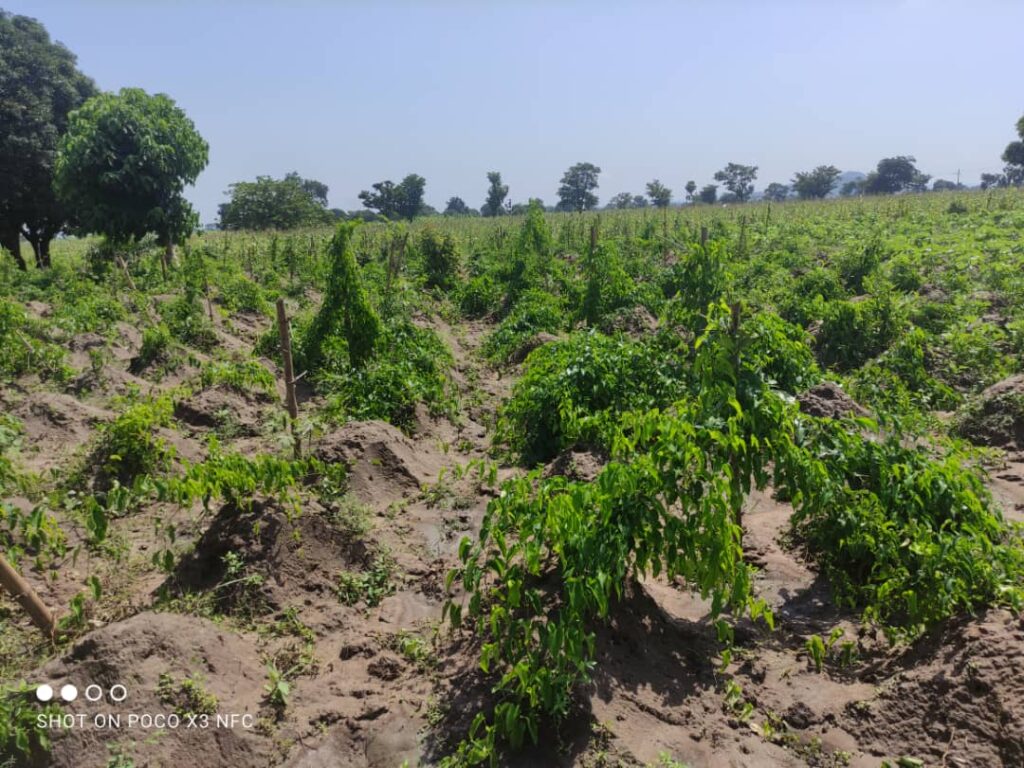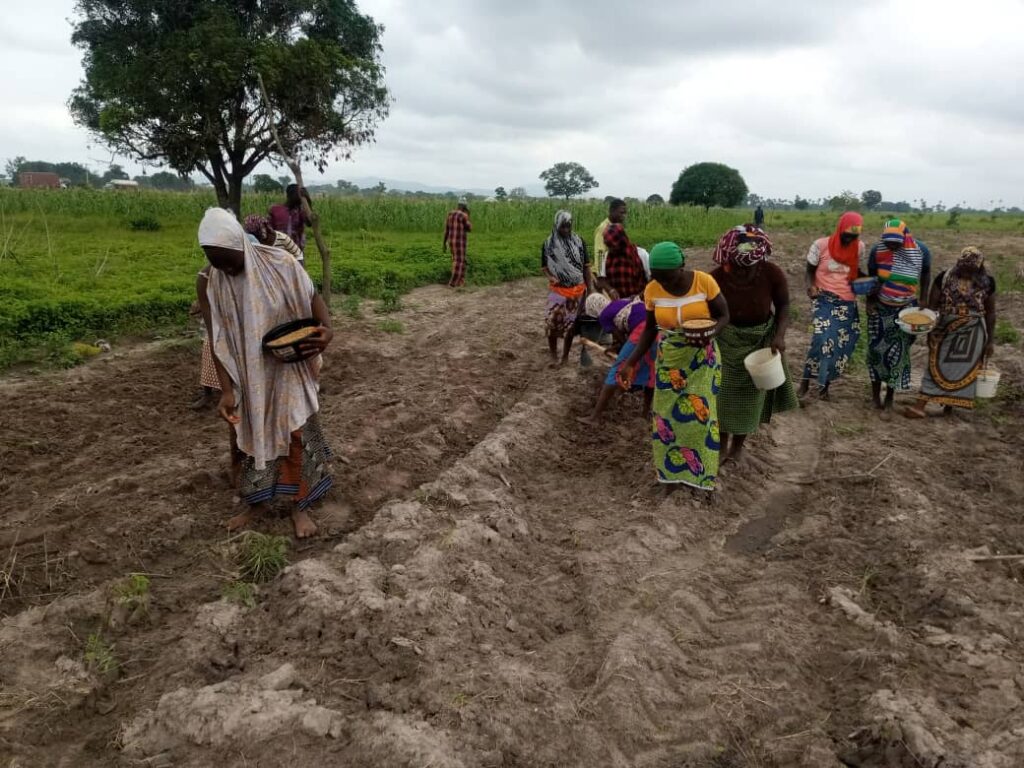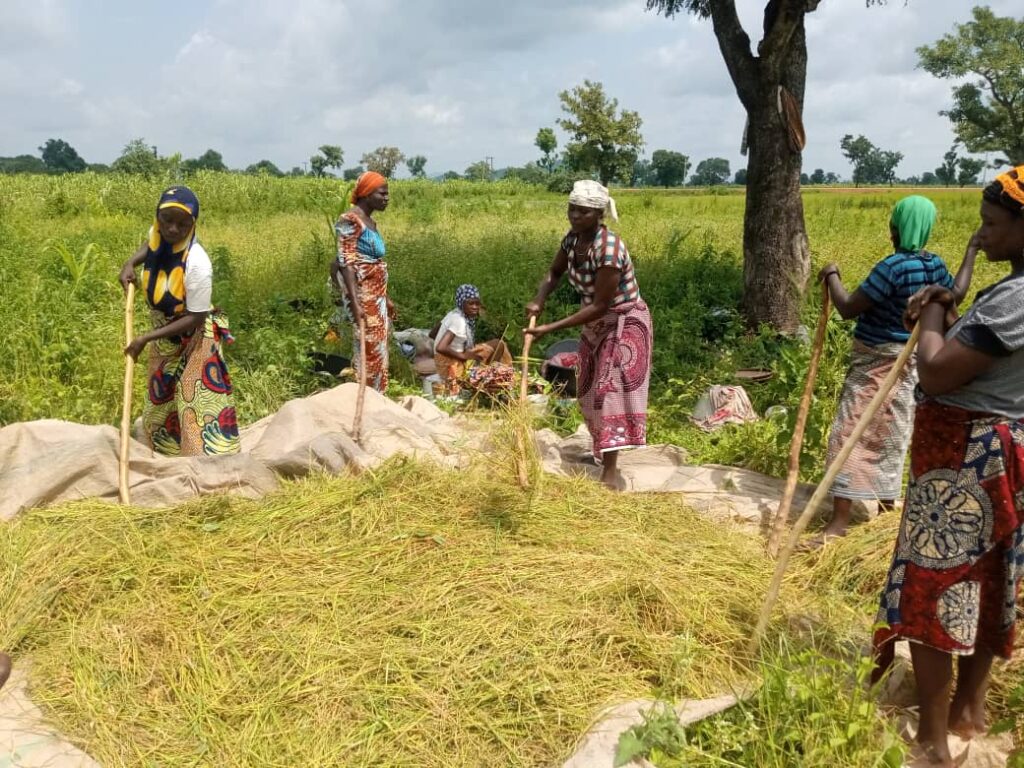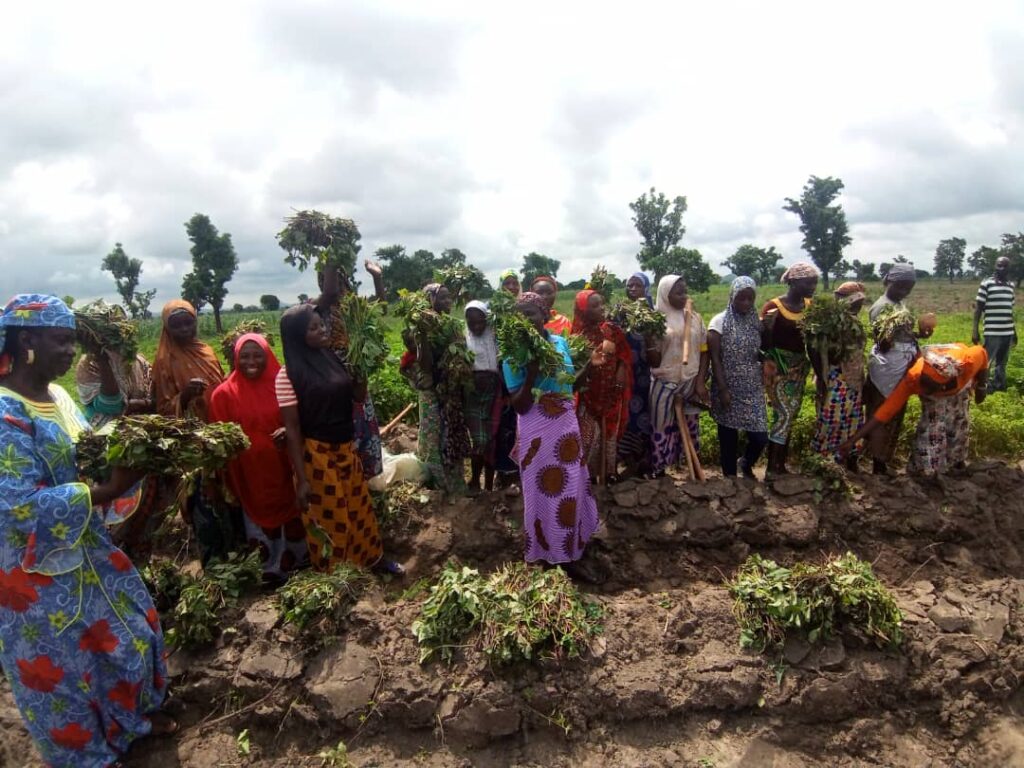Agroforestry, where trees, crops and animals are farmed together, is often considered old fashioned and inefficient, yet this is an ancient form of agriculture that existed for thousands of years before the invention of mechanised farming and ultimately vast fields of single crops, or monoculture. This land mismanagement is depleting soil organic matter, soil carbon and soil microbiology and has led to farmlands becoming infertile dust belts which cannot stand up to the effects of climate change and rely on industrial inputs to survive. Attitudes are changing as more countries realise the benefits of agroforestry: resilient and sustainable food production, an increase in productivity, climate change mitigation through carbon sequestration, biodiversity conservation and soil health enrichment. Agroforestry is successfully providing the world with food to meet growing demands. In Uganda, farmers are growing coffee, bananas and vanilla together, in France wheat is produced under rows of trees for timber and in Portugal, livestock are reared amongst cork trees.

Global Shea Alliance
Trees, crops and animals are symbiotic. Nutrients from leaves and twigs fall to the ground and the trees’ deep root system pumps nutrients to the topsoil. Shade provided by branches and leaves give crops and animals protection from the sun. Crops help trees to survive drought conditions, as they force the tree roots to expand much lower down rather than rely on tree rootlets which are closer to the surface, enabling them to access water deep in the soil. Animals provide organic waste and promote biodiversity, benefiting both trees and plants.
This system of agroforestry farming can still be found in shea parklands of sub saharan Africa. An estimated 2 billion shea trees grow naturally in these parklands, alongside farms and fallows in the dry savannas and forests across 21 African countries, from Senegal to South Sudan.
Traditionally, in West Africa, women shea farmers plant their crops, like maize, cassava and soy amongst the naturally growing shea parklands around their communities. This system has helped the economic and climate resilience of communities for centuries. The shea parklands store 1.5 million tonnes of carbon per year in West Africa alone, they generate $200 million of income to the 4 million women directly involved in the shea export value chain and up to 12% of their income comes from shea related activities, representing 32% of their cash. Income from the shea trade is often the only money that these women farmers can call their own, as, traditionally, shea collection is the domain of women with the shea nuts being hand picked from the forest floor.
Shea can be used locally as a source of food, medication, cosmetics for skin and hair and is exported for the global food and cosmetic industries. This extra income comes at an important time in the farming calendar when no other income is available as the farm crops have not yet been harvested and the income generated is usually spent on farm inputs, education, health insurance and other social services.

Global Shea Alliance
But this farming system is at risk, threatening the livelihoods of the 16 million women who depend on shea parklands, as shea and other indiginous trees are in decline due to the introduction of mechanised farming, lack of fallows, mining, charcoal production and deforestation. Without the protection that the trees afford, the land suffers fertility loss and its ability to survive the extreme weather events brought by climate change.
“We want to plant more trees because we know that trees provide the microclimate needed for our crops to do well, help with more rain and even improve soil fertility; as a result, we get more yield as well,” says Braimah Memuna, a rural shea farmer from West Africa. She belongs to the Tamakabasigu Cooperative.

Global Shea Alliance
Many individuals have acted alone to protect the parklands against these threats but have found it difficult to progress due to the sheer scale of the issue at hand. The parklands cover an area of 273,927,587 hectares, across 21 countries and a large scale. Combined efforts are required. And so the Action for Shea Parklands (ASP) initiative was launched in 2020. This unique initiative, under the guidance of the Global Shea Alliance (GSA) brought together all actors from the shea value chain: women’s groups, suppliers, brands and retailers, and NGOs to address these threats. With an estimated 8 million shea trees being lost every year this multi stakeholder engagement identified the challenges and activities needed to halt the parkland degradation and loss of livelihoods to the rural woman farmer.
The ASP initiative intends to grow 10 million trees, protect 4 million hectares of parkland which would sequester 882,000 tonnes of CO2 and reduce the effects of climate change on local communities. Two years on and with the constraints of a pandemic, we have planted more than 160,000 trees and protected more than 3,000 hectares. The ASP project will deliver parkland management and business training and will carry out research, advocacy and environmental activities to achieve these goals.
Simballa Sylla, CEO of Mali Shi, a shea processing company, said ‘The shea tree has birthed a thriving global industry while supporting the livelihoods of millions of rural women across Africa and is making great strides in the cosmetic, food and chocolate industry. Addressing the threats to the parklands is something that needs to be solved by the whole shea industry and we support GSA’s initiative to bring industry players together to sustainably plant and preserve shea parklands and the benefits they give to those who rely on them’.
If you would like to find out more about rural women farmers in Africa and the work of the Global Shea Alliance, please contact Marie Veyrier, or visit www.globalshea.com.
The featured image shows women shea farmers taking part in conservation training.
